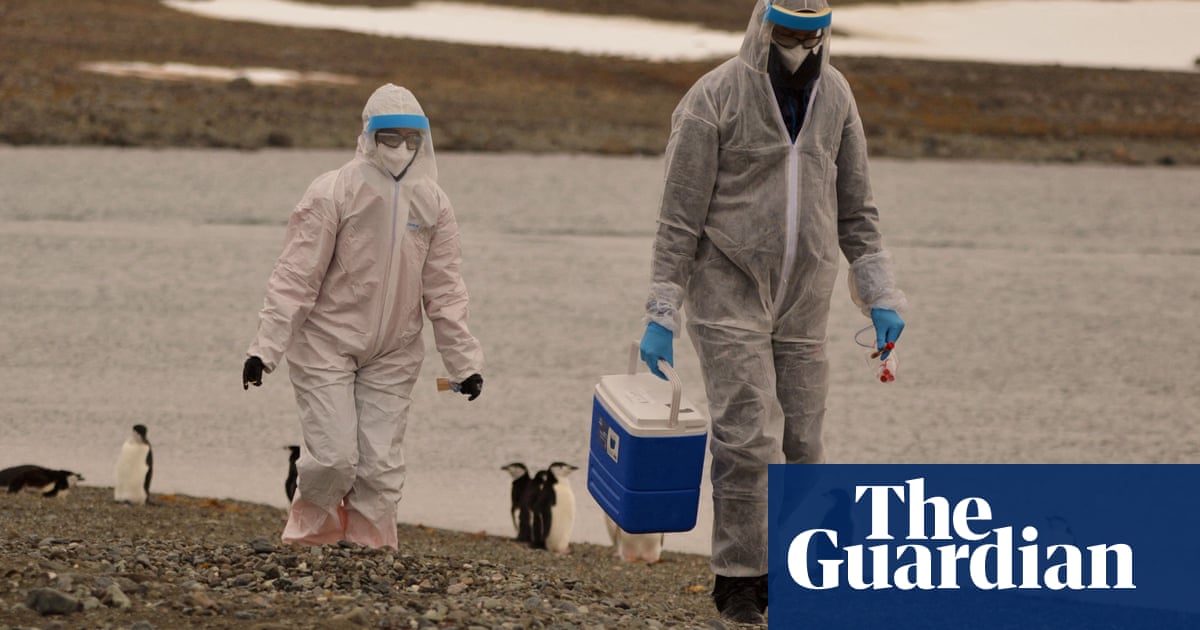The World Health Organization has raised concerns about the spread of H5N1 bird flu, which has an “abnormally high” mortality rate in humans.
An outbreak that began in 2020 led to the death or culling of tens of thousands of chickens. More recently, the spread of the virus into several mammal species, including domestic cattle in the United States, has increased the risk of transmission to humans, according to the WHO.
“I think it's a huge concern,” said UN. WHO chief scientist Jeremy Farrer told reporters in Geneva.
Cows and goats joined the list of infected species last month – a surprising development for experts as they are not thought to be susceptible to this type of flu. A man in Texas is recovering from bird flu after being exposed to dairy cows, US officials said this month. 16 herds in six states Infection after exposure to wild birds.
The A(H5N1) variant has become a “global zoonotic animal epidemic,” Farrar said.
“Of course the bigger concern is that the virus that infects ducks and chickens and then increasingly mammals, that virus has now evolved and developed the ability to infect humans and then the ability to go from human to human,” he added.
So far, there is no evidence that H5N1 can spread between humans. But in the hundreds of cases where humans have been infected through contact with animals over the past 20 years, Farrar said, “the fatality rate is extraordinarily high” because humans have no natural immunity to the virus.
From 2003 to 2024, 889 cases from 23 countries and 463 deaths due to H5N1 were reported worldwide, with a case fatality rate of 52%, according to the WHO.
A recent US case in a human after contact with an infected mammal highlights the increased risk. “When you get into mammalian populations, you're getting closer to humans,” Farrar said, warning that “the virus is looking for new, novel hosts.”
Farrer called for more monitoring, saying, “It's really important to understand how many human infections are happening … because that's where the adaptation is. [of the virus] will happen”.
“It's a sad thing, but if I get H5N1 and I die, that's the end,” he said. “If I go around the community and spread it to someone else, you start the cycle.”
Efforts are underway to develop vaccines and treatments for H5N1, he said, stressing the need to ensure regional and national health authorities around the world have the ability to detect the virus.
“Should H5N1 spread human-to-human,” Farrar said the world would be “in a position to respond immediately,” calling for equal access to vaccines, treatments and diagnostics. .

